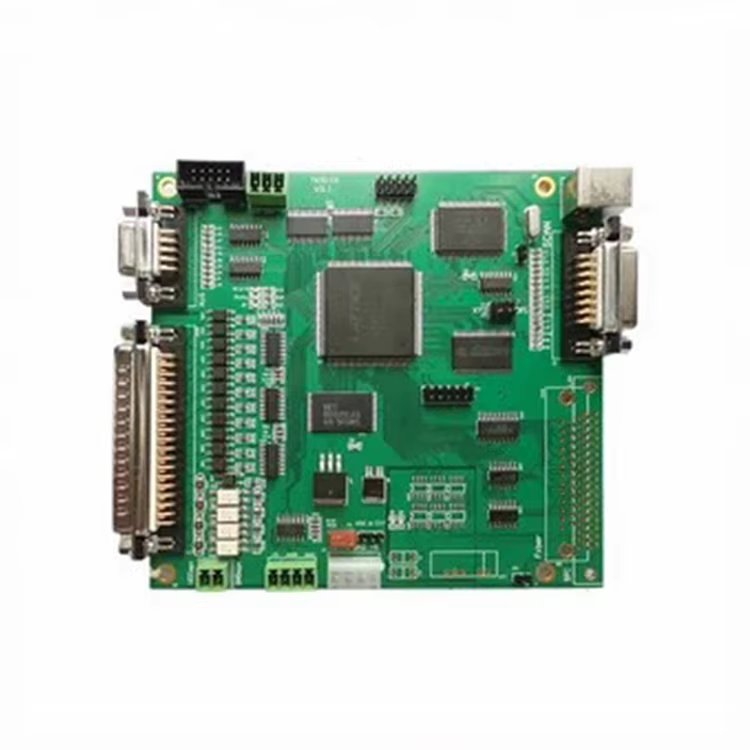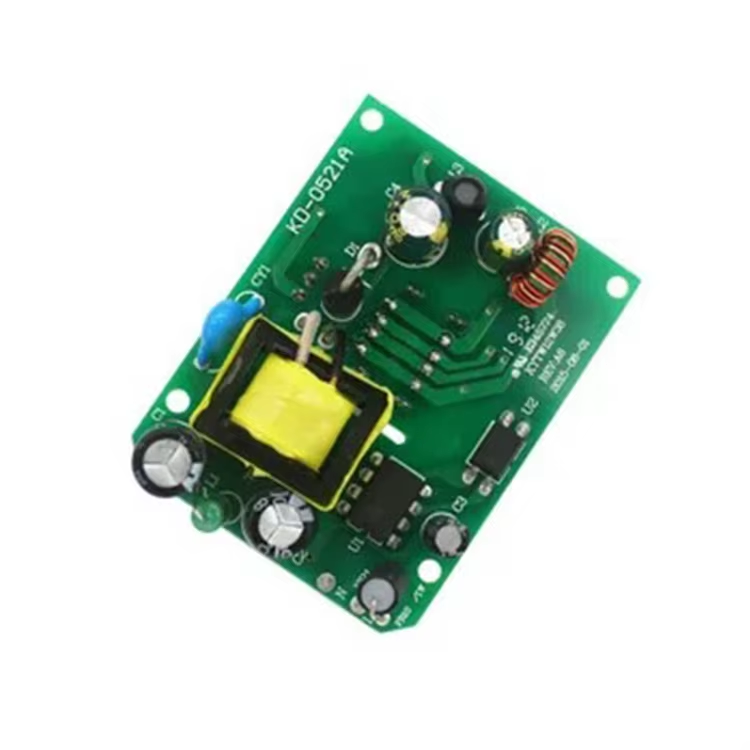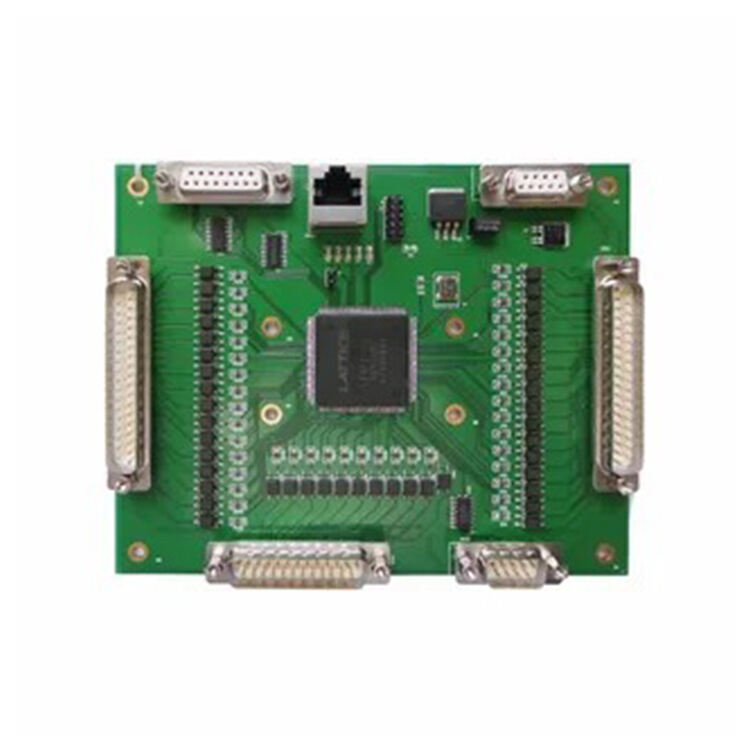Quality control and testing of printed circuit boards (PCBs) play a critical role in ensuring the reliability and functionality of electronic devices. In fact, industry statistics suggest that PCB failures can lead to up to 30% of product recalls, according to a report by IPC. This highlights the importance of rigorous testing processes to identify potential issues before products are finalized. Various strategies are employed in PCB quality control to avoid such costly recalls. One effective approach is the implementation of Statistical Process Control (SPC), which monitors the manufacturing process and aims to reduce variability in production. Additionally, adherence to industry standards, such as IPC-A-610, is crucial in benchmarking the acceptability of electronic assemblies. These strategies work together to ensure that PCBs meet the desired quality and performance standards, thus mitigating the risk of defects and recalls.
Visual inspection techniques serve as the first line of defense in PCB testing, crucial for detecting surface defects. This manual method requires inspectors to use tools such as magnifying glasses or microscopes to identify flaws like poor solder joints, missing components, or board stains. The effectiveness of visual inspection largely depends on the skill and training of inspectors, as human error can occur. Despite its potential for errors, visual inspection remains essential due to its simplicity and cost-effectiveness for initial quality checks, especially in low-volume production. Automated Optical Inspection (AOI) significantly enhances consistency and efficiency in PCB quality checks. Using high-resolution cameras, AOI systems capture images of the PCBs and compare them to predefined standards, identifying defects with greater accuracy than manual inspections. Data suggest that AOI improves defect detection rates by over 20%. It's particularly well-suited for high-volume production environments, where it systematically handles checks resulting in fewer mistakes and higher throughput. X-ray inspection is vital for detecting hidden defects, especially in multilayer PCBs. This advanced technique uses X-rays to create detailed images of the solder joints hidden beneath components, such as those in Ball Grid Arrays (BGA). It's invaluable for assessing solder joint integrity, a critical factor for the long-term reliability of PCBs. X-ray inspection provides insights into internal issues that other methods might not detect, preventing early failures and ensuring that products meet high reliability standards.
In-circuit testing (ICT) is a widely utilized method for examining the functionality of PCBs by providing access to test points and using test fixtures. This process involves placing the PCB onto a "bed of nails" test fixture, which establishes connections at designed test points on the circuit board. It aids in identifying component failures, ensuring each part performs its designated function. The utilization of ICT enables the detection of faults such as shorts, opens, resistance, and capacitance variations, contributing to the troubleshooting process. The significant benefit of ICT is its capability to execute thorough functional testing of the PCB's individual components. This detailed level of testing enhances the reliability of the final product by ensuring that each part of the circuit is operational. Moreover, ICT can achieve up to a 98% fault coverage rate, making it an efficient and rapid testing method for mass-produced products. This method is especially valuable for detecting and correcting defects during the manufacturing process, which reduces the likelihood of failures in the field. However, ICT is not without its limitations. One of the primary challenges is the high setup cost associated with the creation of custom test fixtures, which can be a substantial investment for complex designs. Additionally, some designs may not have sufficient accessible test points, rendering ICT less effective. The process can also be redundant for low-volume production or prototype testing, as any changes in design necessitate a new fixture, thereby increasing costs and time. Despite these constraints, ICT remains a fantastic option for ensuring the quality and reliability of high-volume, mature products.
Flying probe testing offers several compelling advantages, most notably its reduced setup time compared to traditional in-circuit testing (ICT). Unlike ICT, which requires custom test fixtures, flying probe testing uses movable probes that can be reprogrammed, reducing initial costs and setup times. This makes it an attractive option for many PCB applications. However, one potential downside is that the testing duration may be longer for highly complex PCBs, as the probes sequentially test each point, which can be more time-consuming than simultaneous ICT. Flying probe testing is particularly well-suited for certain applications, especially prototype runs or low-volume production environments where flexibility is crucial. Its ability to quickly adapt to design changes without the need for new fixtures makes it ideal for iterating designs efficiently. Situations requiring high adaptability, such as testing small batches or high-density boards with frequent changes, are where flying probe testing excels, offering manufacturers the ability to respond swiftly to alterations without incurring high costs. When comparing flying probe testing to ICT, it's essential to consider the specific needs of the project. ICT remains unparalleled for high-volume production due to its efficiency and speed with large batches, but flying probe testing edges out in scenarios needing flexibility and cost-effective adaptability. Expert opinions and case studies suggest that companies utilizing both methods optimize their testing strategies by employing ICT for mature, stable designs and using flying probe testing for dynamic and evolving projects. This dual approach ensures comprehensive testing solutions tailored to different manufacturing stages and complexities.
Functional testing is a vital process that verifies the complete functionality of a PCB within its intended application. This type of testing ensures that every component and circuit on the board performs according to design specifications in the final product setting. It's crucial because it prevents faults from cropping up post-assembly, which can lead to costly recalls and customer dissatisfaction. By simulating real-world conditions, functional testing validates that the PCB fulfills its role within an electronic device, confirming operational reliability before deployment. There are several methods to conduct functional tests, including signal testing and system-level testing. Signal testing evaluates the pathways and signals within the circuit to ensure they are correctly transmitting data or power. System-level testing, on the other hand, involves integrating the PCB into the complete product system to verify its overall functionality. These methods provide a comprehensive evaluation, identifying potential issues that could hinder the performance or safety of the product. Functional testing complements other testing methods, serving as a final check to verify the operational integrity of the PCB. While methods like In-Circuit Testing (ICT) and Automated Optical Inspection (AOI) detect defects during earlier production stages, functional testing examines the fully assembled product, often increasing reliability. As it assesses real-world operational conditions, functional testing acts as a crucial safeguard, ensuring that the final product is resilient and meets high-quality standards.
High-quality circuit board multilayer PCB manufacturing services are vital for reliable PCB testing. These services ensure compliance with industry standards and establish strong partnerships with PCB manufacturers. This collaboration guarantees that products meet the rigorous quality benchmarks necessary for various applications in the auto industry, high-power LEDs, office appliances, and more. By leveraging expertise in multilayer and high-density interconnector PCBs, these services uphold product integrity from inception to delivery.

PCBA board service manufacturers play a crucial role in PCB testing validation. By effectively utilizing provided Gerber and BOM files, these services streamline the assembly process, enhancing the accuracy and efficiency of testing. The process involves meticulous engineering pretreatment, ensuring every component is meticulously assembled to meet predefined specifications.

One-stop service options for circuit board electronic components integrate testing into their service offerings, ensuring customers receive reliable, thoroughly vetted products. These services focus on environmental guidelines and resource efficiency, offering customers the advantage of a seamless experience—from sourcing to testing and final assembly.

Establishing a quality control framework in PCB manufacturing involves key steps like risk assessment and resource allocation to ensure the effective implementation of quality measures. This process involves identifying potential risks during PCB production, such as material defects or inaccuracies in the fabrication techniques, and allocating resources towards addressing these risks. By doing so, manufacturers can build a robust quality control system that mitigates potential issues before they arise and maintains high standards in the final product. To ensure the highest levels of quality, it's important to leverage best practices from industry leaders and standards organizations, such as the IPC (Institute for Printed Circuits). These organizations advocate for continual improvement and training, which are critical for maintaining progressive quality control. This involves regular training sessions for staff, updating processes to the latest standards, and consistently reviewing quality performance metrics to refine and improve the process over time. Measuring the effectiveness of quality control strategies is crucial for continuous improvement in PCB manufacturing. Methods such as tracking defect rates and collecting customer feedback serve as valuable indicators of a product's quality. Case studies from successful implementations across the industry illustrate the effectiveness of these strategies; for example, a reduction in defects and increased customer satisfaction can be directly attributed to a well-implemented quality control strategy. These continuous assessments help in adapting and optimizing quality processes, ensuring that the manufacturing aligns with industry expectations and customer demands.